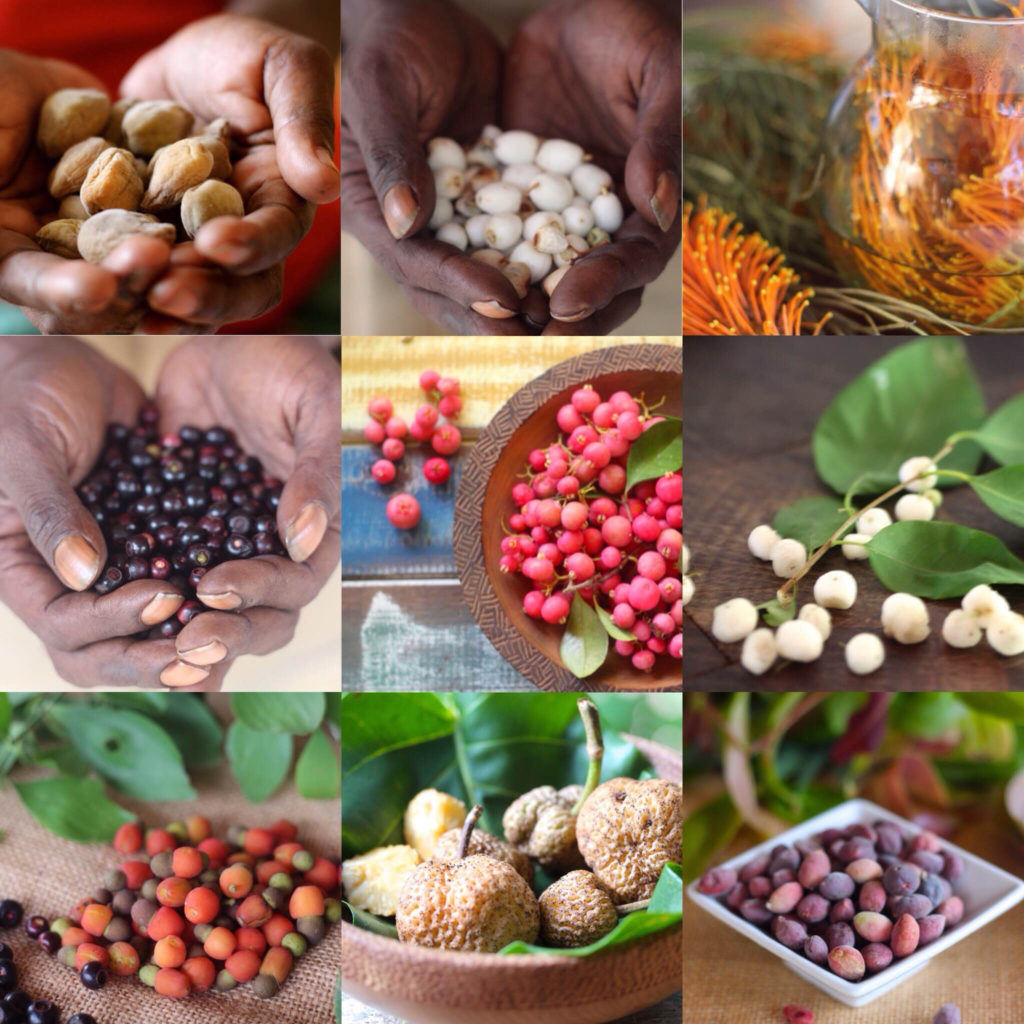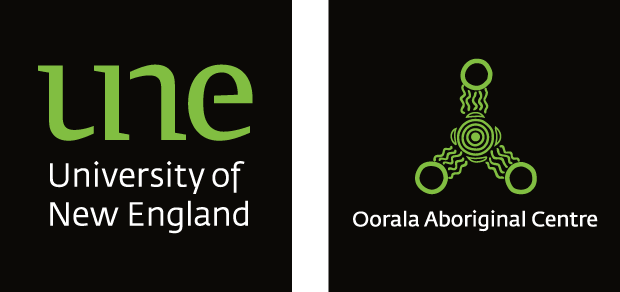What a silly question! We all know what sugar is and how good it tastes!
Sugar is a sweet tasting carbohydrate, which occurs naturally in many plants. But clever humans have learned how to concentrate the sweetness that naturally occurs in these plants.
For example:
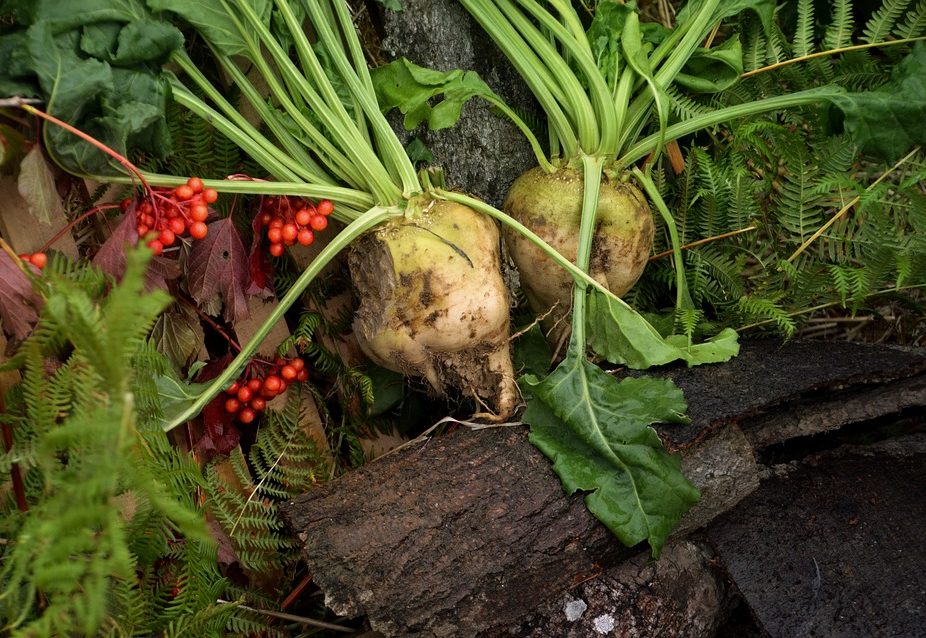
Europeans and North Americans use sugar beets to make sugar. Sugar beets are a conical, white, fleshy root (a taproot) with a flat crown. The plant consists of the root and a rosette of leaves. Sugar is formed by photosynthesis in the leaves and is then stored in the root.
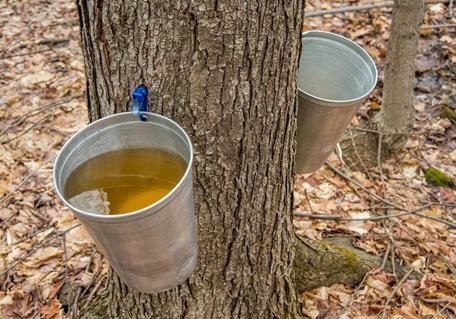
American Indians boiled the sap from maple trees to make maple sugar – Ever had it? It takes between 40-50 litres of sap to make one litre of maple syrup.
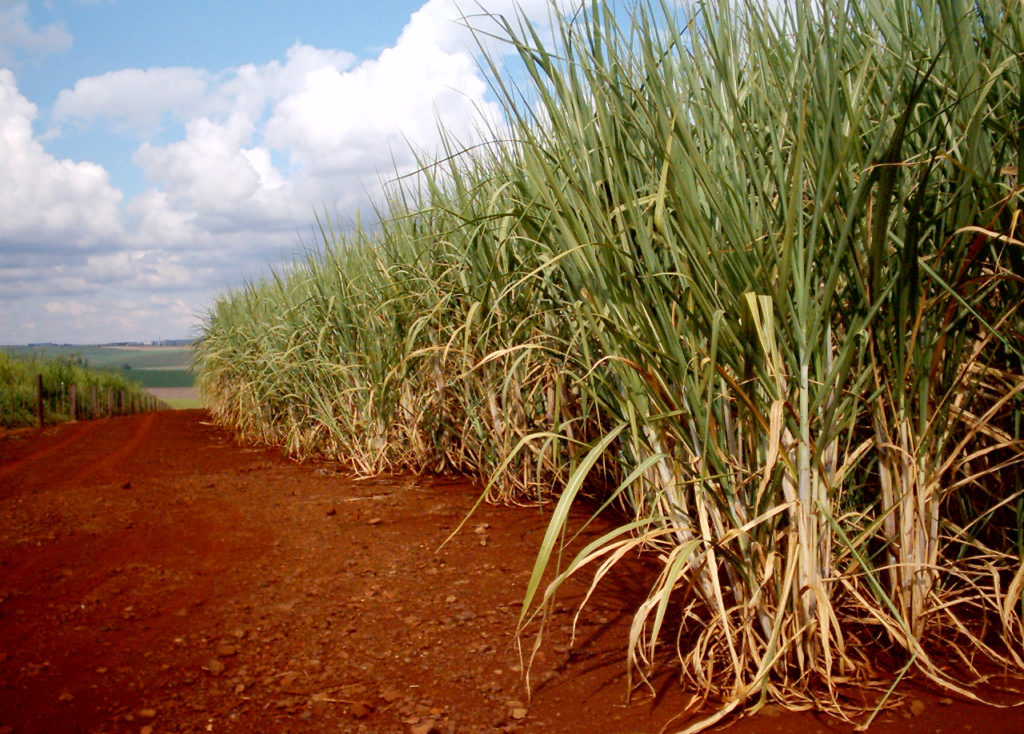
Sugar cane is native to New Guinea. It was originally grown for the sole purpose of chewing, in south eastern Asia and the Pacific. Today, the Australian sugar industry produces raw and refined sugar from sugarcane. Around 95 per cent of sugar produced in Australia is grown in Queensland and about five per cent in northern New South Wales
What is a sugar that humans do not make?
Before refined sugar, humans relied native foods, and on the industrious nature of bees, stealing their honey. The honey that bees make is refined floral nectar. As with other refined sugars, we need to avoid eating too much of the good thing.
Have you ever wondered how bees make honey? Is it a similar process to the processes of making sugar from sugar cane, sugar beets, or maple trees?
You can find bottled honey in today’s supermarkets. Honey has become a processed food and is often mixed with other ingredients. Check out this information and try the honey test for yourself to find out if the honey you use is fully natural honey. Honey test
Did Indigenous Australians have sugar?
The Indigenous population, have a symbiotic relationship with the land and have used the native flora and fauna healthfully for many generations. Being largely natural, bush tucker is both extremely nutritious and incredibly tasty. Many of these native foods are packed with micronutrients, protein and fibre, and low in sugar.
Fruits have long been a staple in the traditional Indigenous diet. Red fruits like quandongs can be eaten raw or dried and are often made into chutneys or jams. Plums are also popular in the traditional bush tucker diet, such as the Kakadu plum which contains 100 times more Vitamin C than an orange!
Other native herbs and spices include mountain pepper, aniseed myrtle, native basil, blue-leaved mallee and tree gums which can be dissolved in water with honey to make sweets or jelly for children. Honey from the native bees and the nectar from the flowers of bloodwood and corkwood trees are sweet little bush tucker treats that go perfectly on freshly baked bush bread or seedcake.
